
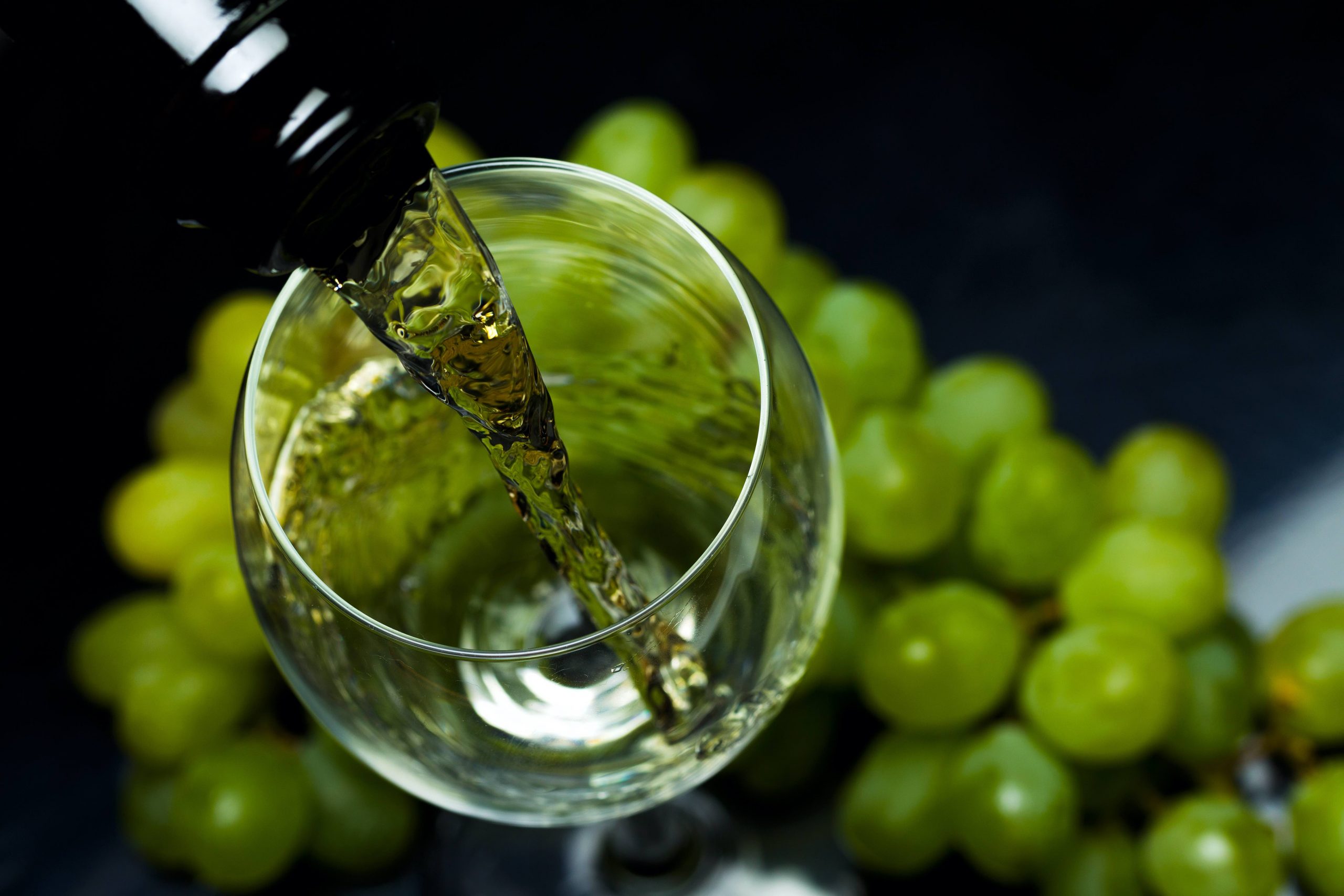 A ROSE BY ANY OTHER NAME…
A ROSE BY ANY OTHER NAME…
“You’re so sweet,” she said dryly as she dropped the fruit basket on the counter.
And there it is in a nutshell. Let me explain.
In the winery, we sometimes get a request for a sweet wine. “Oh, sorry,” we say. “All of our wines are dry. But perhaps you could try some of our lighter, fruitier wines.” And, very often, there will be a wine that the person unexpectedly likes. Or, in another instance, someone will say to me after tasting one of our wines, “I like this wine. It’s a little bit sweet.” Which always gives me pause. Because, in fact, these wines are dry. Hmmm…I think, but then I remember the conundrum. The conundrum of sweet versus dry versus fruity. This can all seem a bit tricky until we stop and consider what actually is going on here.
THE SCIENCE…
What is the difference between a sweet wine and a dry one and what does fruity have to do with it? Here it’s good to remember what we know (or don’t know) about fermentation. During fermentation, the yeast critters are busy gobbling up the sugar in the grape juice. If they succeed in eating all of the sugar in the juice, there is no sugar left to make the resulting wine sweet. Therefore, it is a “dry” wine. But we also have to remember that wine is made out of fruit and it will have tastes reminiscent of that fruit. This is where the “fruity” comes in. A wine can be technically dry but fruity at the same time. This also explains how a wine that is dry cannot be sweet at the same time.
And then there’s this: during fermentation, using various methods, the yeast can be stopped before consuming all of the sugar thereby making a sweeter wine. The unconsumed sugar left in the wine is called residual sugar. Or, as we in-the-know call it, RS. A wine with just a little RS is called off dry or semi sweet. A lot of RS and you have a sweet wine. This explains how any grape can be made into wine that is sweet or dry depending on the winemaker’s choice.
TECHNICALLY SPEAKING…
Unfortunately, there is no official definition of what constitutes a dry wine in the United States. Nor are there any labeling laws informing you of sweetness levels or the residual sugar in wine. The general consensus is that a wine is considered dry if it is equal to or less than 10 grams per liter of residual sugar. Or put into percentages, 1% RS. It is described as bone dry at .05%. Way back when, I learned that wine was considered dry at or below 2% RS. The interesting thing here is that most of us don’t really taste 2% RS as sweetness. Our palates translates this amount to added body in the wine rather than sweetness. Above 3% the wine is considered off dry or semi sweet. And above 5%, it is noticeably sweet. Dessert wines vary widely and can be as high as 60% (!) but start around 7-9 % RS. I have to say some of these numbers vary slightly depending on where you look. But this is a good general guideline.
TRY THIS AT HOME…
I’ve read about a demonstration to help distinguish between these concepts. Take some freshly squeezed lemonade and taste it. This would be analogous to a very dry, fruity wine. Put a touch of sugar in it and it becomes off dry. As you put more and more sugar in it becomes less and less tart until it turns into a sweet, fruity drink i.e. sweet wine. And the body of the lemonade changes as the sugar adds more viscosity to the mouthfeel of the drink. The fruitiness will always be there by virtue of the lemon because, duh, lemon is a fruit.
IT GETS COMPLICATED…
When we drink a fruity wine even when we know it’s dry, there is also a psychological idea at play because we naturally think of fruit as sweet. (Except for maybe that lemon above but it works so well as a demonstration fruit I had to use it. Some other factors come into play like acidity which the sugar is also counteracting, and also the effects of tannin, but I’m trying to stick to just one concept here. Wine is complicated. Please bear with me.) When we taste most fruit flavors our brains think they are sweet even if the wine is not. So a wine that may exude rich berry or tropical notes might easily be described as sweet. Think about what fruit flavors we are getting from a glass of wine. Automatically smells and flavors of nice plump raspberries or black cherries or banana or mango get associated with all the remembered sweetness of these fruits. So very fruity or aromatic wines give the impression of being sweet just because they smell like fruit or flowers. But, fooled you! No sugar allowed in a dry wine! (Or, really, almost none, like barely any! See above!) This explains how a person can like a technically dry, but very fruity wine when they thought they only liked sweet wines.
Other factors that contribute to the overall taste of a wine are acidity, tannins, alcohol level and if wines spend any time in oak. Now we are talking about the overall balance of a wine. Acidity can make a wine taste dry even if it has some RS above 2%. Some New Zealand Sauvignon Blancs have a few grams/l of RS to counterbalance the tartness of the wine but it can still taste very bright and grassy. On the other hand, Australian Shiraz can taste vaguely sweet because it is so very fruity and may lack sufficient acidity to create a sensation of total dryness. Conversely, dry, aromatic wines like dry Riesling or dry Gerwurztraminer are great choices if you’re looking for dry white wines that seem a little bit sweet. Acid and sugar balance each other. But if you’re looking for a truly bone dry white wine, there’s Muscadet. (Do not confuse this with Moscato which is its extreme opposite!) Muscadet is the driest of white wines, with lots of mineral and citrus tastes, so still a bit fruity. One of the reasons people are drawn to white wines is this fruitiness factor.
Tannins play an entirely different role in wine. They create a drying sensation inside of the mouth, an astringent quality coming from grape skins, stems and seeds, far more usual in red wine. This sensation has nothing to do with the amount, or lack thereof, of sugar in a wine. A dry wine does not dry out your mouth. Oak, however, can lend a sweet-ish, vanilla like character that, again, does not add to the actual sweetness of a wine. Think of a rich, oaked Chardonnay with dessert like flavors.
The last thing to consider is alcohol level. Remember we talked about no real way to tell if a wine is dry or sweet from the label? Well, and this is really not very dependable, but I’m going to say it anyway, sometimes you can guess at sweetness level from the alcohol level. I forgot to mention that the yeasties give off alcohol as a by product after consuming the sugar in the grape juice during fermentation. So if the alcohol level is high, in the 14% to 15% range, one might assume that the yeast ate all the sugar in the juice to create such a high level of alcohol thereby leaving no residual sugar and thus a dry wine. If the wine has less than 11% alcohol maybe the yeast didn’t finish the job so the chance is greater that it’s a little sweet. This is by no means a sure thing, and does not include dessert wines, but it’s worth a thought.
REAL WORLD APPLICATIONS…
I hope all of the above information will help you to think about the qualities in a wine that you like and prefer to drink. It can help you in a restaurant (whenever we get to go to them again!) to describe to a wine steward or sommelier what kind of wine you are looking to enjoy. These wine experts know that basically everyone’s idea of sweet and dry is more or less subjective so the more specific you can be in your descriptors the more likely you will get a bottle to your liking. If you just ask for a sweet wine you will in all likelihood get a dessert wine or a port when that is not at all what you had in mind. But if you say you like very fruity wines or fruit forward wines, this gives the steward much clearer information about your preference. Or you can ask for a very dry wine with more subdued fruit if that’s what you like. Or say you would like a softer wine with a little fruitiness. Describe as much as you are able so your chances of getting the perfect style of wine you desire will dramatically increase.
Ok, so I did a little wine tasting solely for your benefit. Really! But you can do this too. Really! Just remember that the sensory impressions of a wine don’t always line up with the technical definitions as we discussed so thoroughly above. To demonstrate this idea I compared a couple of Northwest Cellars wines with some others of the same varietal. I’m hoping this will illustrate the difference between dry, the impression of sweet, and fruity.
Northwest Cellars Chardonnay 2018 Yakima Valley, Washington 13.9 abv Diora La Splendeur du Soleil Chardonnay 2018 Monterey, California 14.5 abv
The Northwest Cellars is bright and light and cheerful. With virtually no oak this wine tastes zippy and clean and light. Lots of citrus. Very fruity.
The Diora is more subdued with oak, orange creme and nuttiness on both the nose and palate. It is more like the woman looking out the window on the playground below before returning to her very adult life inside. But this wine does indeed taste sweeter with vanilla and almond on the finish.
Wow. Both of these Chardonnay’s are dry but one is citrusy with bright fruit and more acidity that gives a bigger impression of dryness. The Diora is softer and smooth and more sweet seeming with ripe, tropical fruit along with the smell and taste of oak. Interesting to explore how these two expressions of the same varietal are so different! This comparison really makes some of the points in this article.
Northwest Cellars Petite Sirah 2015 Red Mountain, Washington 14.1 abv
Spellbound Petite Sirah 2018 Napa, California. 13.5 abv
Our Northwest Cellars PS is dark fruited and rich. It is complex with layers of flavors. It’s tannic but not overwhelmingly so. I find it interesting on my palate.
The Spellbound is younger and fruitier, kind of grapey with much softer tannins. Tastes more one dimensional to me. But, because it is fruitier, it tastes a bit sweeter and is an easy drinking wine.
Both dry, but the Northwest Cellars gives the impression of being drier. The Spellbound is full of youth with one thing on its mind and is a good example of fruit forward! Thisis a great example of dry versus fruity.
And that’s a wrap!
Drink what you like!
Hope your holidays are calm and peaceful and joyous in spite of all. Stay safe, stay healthy and stay in touch!
Cheers!
~ Peggy

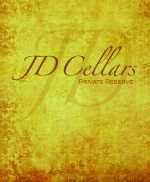
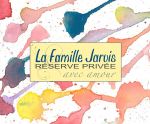



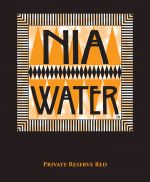

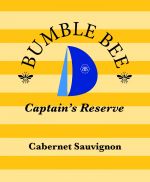
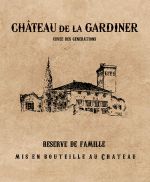
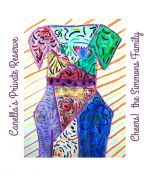

0 Comments